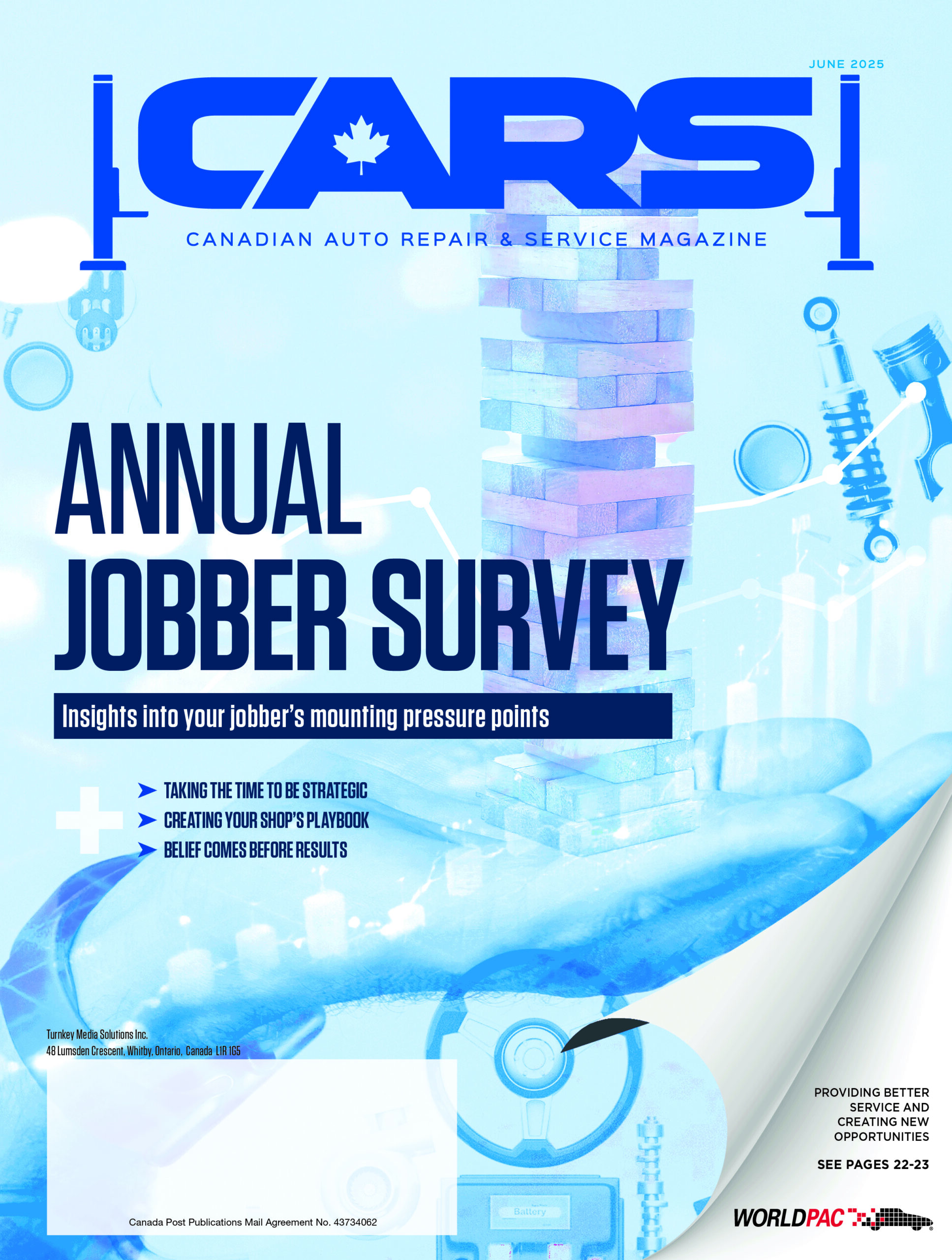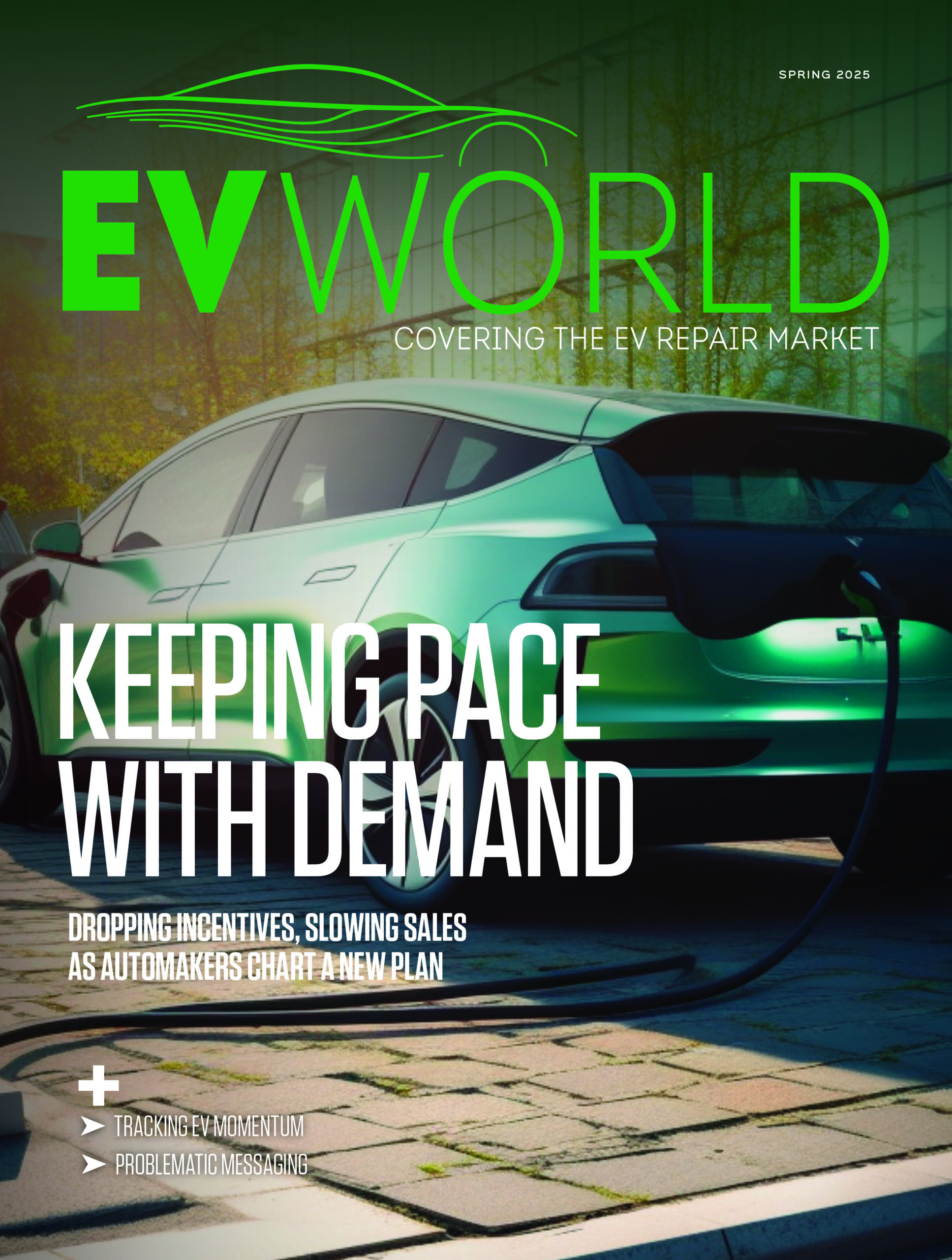
Dealers have been on a path to recovery in the do-it-for-me segment of the automotive aftermarket.
A recent report from Lang Marketing noted that the automotive repair market has experienced significant shifts over the past two decades, with dealer and independent service outlets vying for dominance in the DIFM sector.
Initially, dealers expanded their share in the car and light truck DIFM market. But the 2008 Great Recession dramatically altered the landscape in the U.S., causing a sharp decline in dealer outlets and their market share, Lang reported.
“Dealers’ DIFM share bottomed in 2014, and they are now rebuilding their repair market strength,” the report said.
Before the recession, independent outlets saw a gradual decline in their share of the DIFM market, from 74 per cent in 2003 to 72 per cent in 2007. However, the economic downturn propelled independents to over 78 per cent by 2012, peaking at nearly 79 per cent in 2014. This surge was attributed to the decrease in dealer outlets, which fell by approximately 3,000 from 2008 to 2012.
Despite the challenges, dealers have been making a comeback, slowly increasing their market share from just over 21 per cent between 2013 and 2014 to surpassing 22 per cent in 2022. Projections by Lang Marketing indicate that dealers are expected to capture more than 23 per cent of the DIFM market by 2025. Conversely, independent outlets have seen a slight decline from their peak, expected to fall below 77 per cent by 2025.
Both sectors have seen growth in product volume, with independents achieving a nearly $15 billion increase from 2012 to 2022, outpacing the dealers’ $5 billion gain. However, dealer service bay sales have grown nearly 30 per cent faster than those of independent shops in the same period.
A notable trend is the changing brand dynamics, with independents increasingly using original equipment brands, driven by the rise in foreign nameplate repairs. Meanwhile, dealers are broadening their use of independent (non-OE) brands to service older vehicles and a wider array of nameplates, particularly in the used car segment.
Lang Marketing forecasted that while dealers will continue to expand their share in the DIFM market, the pace of share loss for independent outlets will slow compared to the period before the 2008 recession. The evolving brand use and repair of foreign nameplates by independents, coupled with dealers’ adaptation to market changes, highlight the dynamic nature of the automotive repair industry.
Related Posts
Comments
-
I would like to see this data broken down in a more “per capita” sense. Anecdotally, it feels like independent shops are rapidly disappearing, while new OEM dealerships seem to be popping up everywhere urban sprawl touches. Are the dealers really doing better, or are there just less options for the consumer?












Leave a Reply